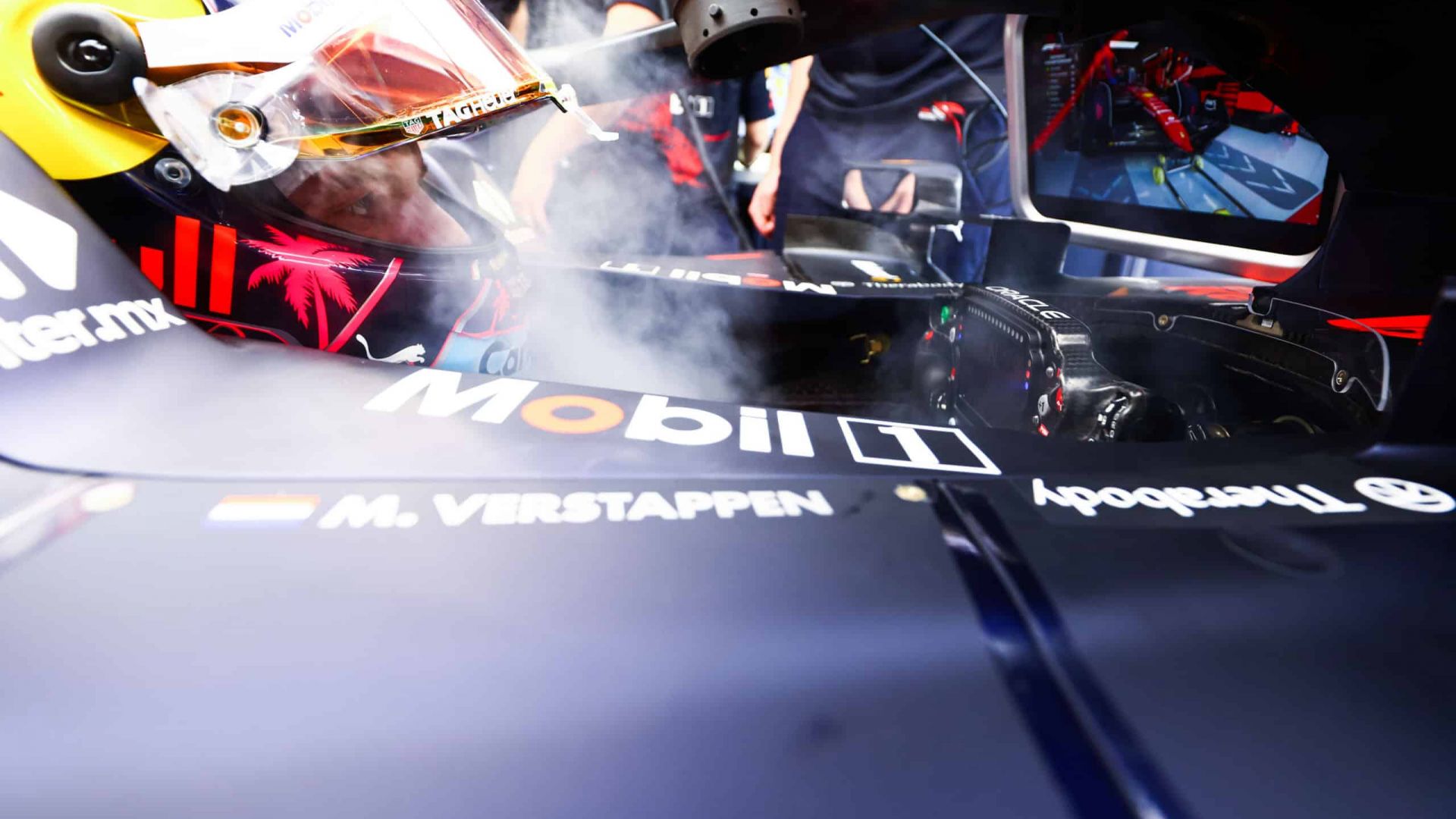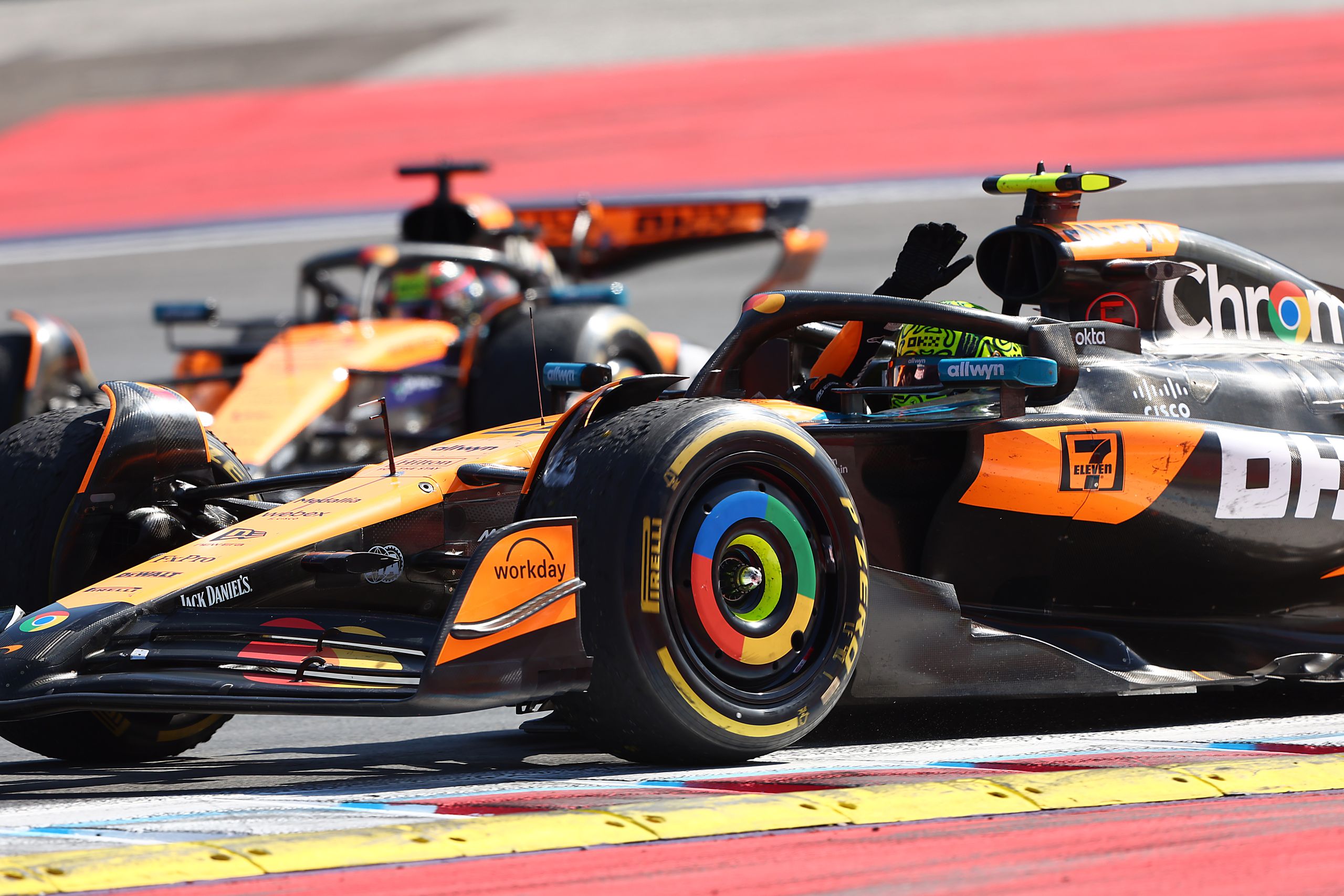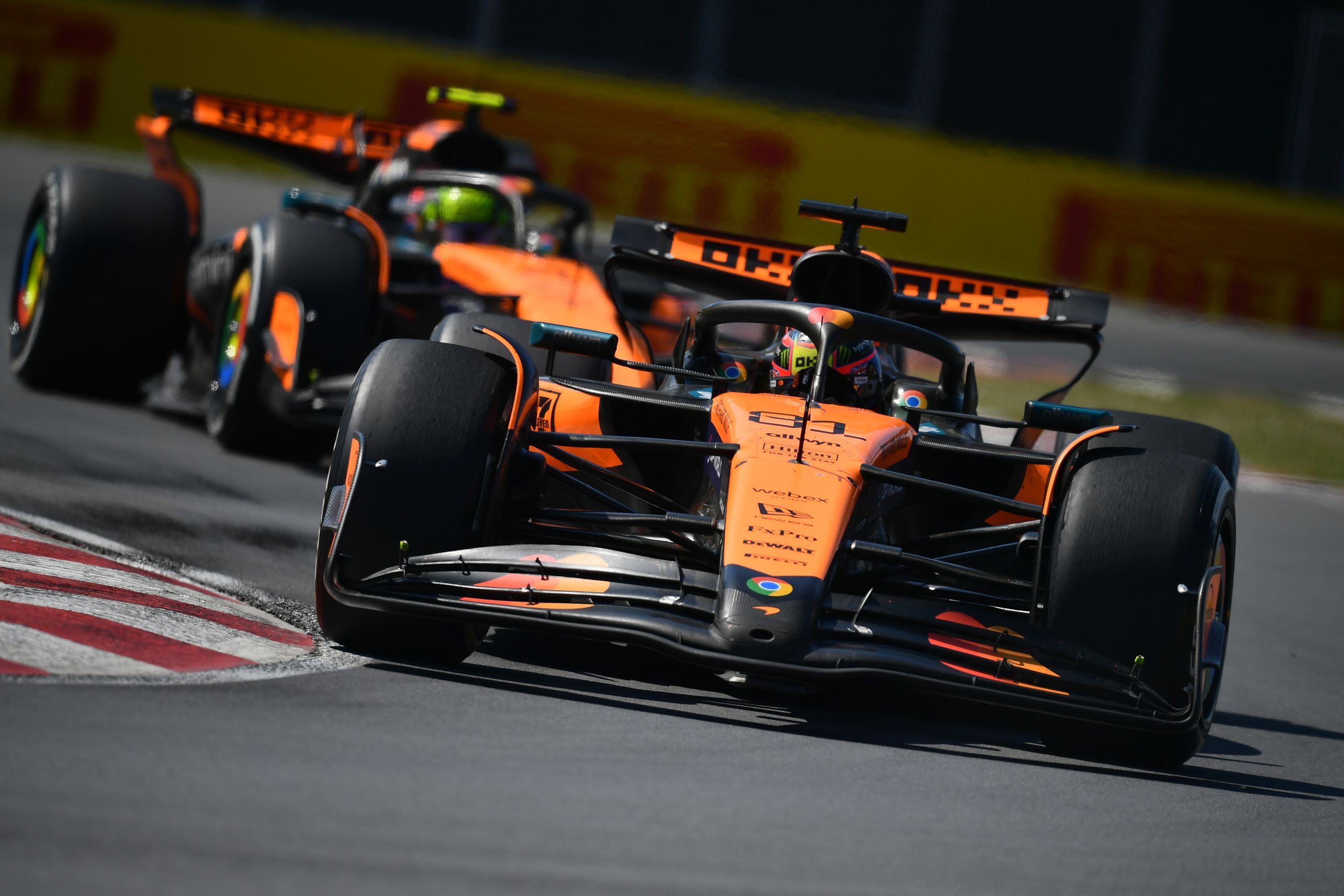Formula 1 Cooling Systems: How Do They Differ From Regular Cars?


It’s no surprise that a Formula 1 car produces a lot of heat. The reason for this high level of heat is that a Formula 1 engine needs to work at such high intensities to be able to produce those glass-shattering speeds at which these cars race. This high-level performance means that the components in these cars are working extremely fast. Cooling these components efficiently and quickly becomes essential because they will either undergo extreme damage or seize to work during the race if not cooled in time.
Hence the cooling system of Formula 1 cars is more complex than regular cars. In this article, we will look at how these two systems differ.
Formula 1 Cooling System
The main method of cooling the hot components of the F1 car is through the transfer of heat into the air. The maximum amount of air must enter the vehicles, but at the same time, the car maintains its aerodynamic design. This is a challenge for all F1 teams-striking that balance where maximum air can travel into the car without compromising design and performance.
Cooling The F1 Engine
Most cars on the road have an rpm of about 7000; some may even go up to 9000. The Formula 1 race car has a maximum rpm of 12,000 allowed by the FIA, however, without restrictions they can go up to 15,000 RPM. This gives you an idea of how hard a Formula 1 engine has to work to produce the level of power required to make the car move at speeds of 200MPH and above.
With such power comes great heat. And this heat can ruin the F1 engine. So how do the manufacturers ensure the engine doesn’t heat up and seize during a race? Well, that’s where the Formula 1 cooling system comes in.
The F1 car has pipes that run through the engine of the car. These pipes carry a mixture of glycol and water. This particular mixture is used because it has a much higher boiling point, allowing the solution to withstand the high temperature inside the F1 engine.
Now keeping in mind the laws of thermodynamics, we know that heat will be transferred from an object that is hot to an object that is cold. This is exactly what happens in the F1 engine. The liquid in the pipes absorbs the heat from the engine and moves away from the engine.
After absorbing the heat, the liquid will move towards the car’s radiator. An F1 radiator is different from regular car radiators. It has a larger surface area to allow for efficient cooling of the liquid through heat transfer in the shortest amount of time.
Once cooled in the radiator, the liquid will travel back to the engine, and this process will repeat over and over again. Because a lot of air is needed to cool the liquid, air inlets are built into the Formula 1 race car.
An airbox situated right at the top of the driver’s head allows for large amounts of air to be captured and directed into the car. Other areas which allow for air to enter are on the side of the vehicle.
Now once the air absorbs the heat from the liquid, it needs to be removed from the car before it can damage any component. This is where the exhaust comes into play. The large exhaust expels the hot air from the car immediately, so it doesn’t have a chance to damage any of the car’s components.
The F1 cooling system is quite complex, and we have tried to explain it in the most simple way possible. There are many different technical aspects to it that can only be understood by professionals.
Regular Car’s Cooling System
Unlike the complex Formula 1 racing car, the regular cooling system in our everyday cars is quite simple. It consists of some important components; radiator, radiator hoses, thermostat, and electric fan.
The radiator contains liquid which can be coolant or pure water. This liquid travels to the engine with the help of a water pump. The water pump is responsible for the movement of the coolant towards the engine and back towards the radiator.
This is very similar to the way the F1 cooling system works. The coolant reaches the hot engine and absorbs heat from the engine.
This heated liquid is brought back to the radiator, where heat is transferred from the liquid into the air. The electric fan sucks air into the radiator and around its fins, where heat transfer occurs.
Difference In Cooling Systems
The F1 car has a larger radiator, and some even have three separate radiators because a large surface area is required to cool the liquid. A regular car has a much smaller radiator, and there is always only one radiator.
A regular car has a fan to suck air into the radiator for the cooling effect, but an F1 race car has air inlets to direct the surrounding air into the vehicle.
The liquid in the F1 cooling system is a mixture of water and glycol to prevent the water from boiling, whereas in a regular car, you can use regular water. The reason is that a regular car doesn’t experience the same high-intensity heat that an F1 race car experiences.
Tips For Radiator Care
- Always make sure the radiator has adequate coolant in it to help cool the engine
- Always use a radiator flush to clean the radiator from time to time. Dirt, debris, and old coolant residue will damage the radiator if not flushed out regularly
- If the cooling system leaks, then make sure to use the best radiator stop leak to repair the leakage in the system
Formula 1 Cooling Systems: Final Thoughts
The Formula 1 race car is a complex and sophisticated piece of machinery. But the foundation on which the system is functioning is very similar to the regular cars we drive. The only difference is the level of equipment used in F1 cars is more advanced and high-tech than what we see in our cars.





